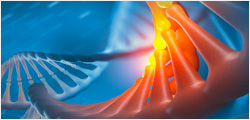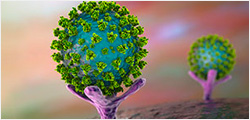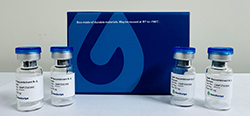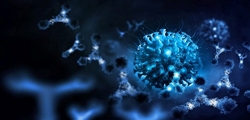H1N1 (A/California/04/2009), Hemagglutinin
Influenza hemagglutinin (HA) is a glycoprotein found on the surface of the influenzavirus. It is responsible for binding the virus to cells with sialic acid on their membranes, such as cells in the upper respiratory tract or erythrocytes. It is also responsible for the fusion of the viral envelope with the endosome membrane after the pH has been reduced. The name "hemagglutinin" comes from the protein's ability to cause red blood cells (erythrocytes) to clump together in vitro. HA has two functions. First, it allows the recognition of target vertebrate cells, accomplished through binding to these cells' sialic acid-containing receptors. Second, once bound it facilitates the entry of the viral genome into the target cells by causing the fusion of the host endosomal membrane with the viral membrane. H1N1 is a subtype of influenza virus A and the most common cause of influenza in humans.
| Z03181 | |
|
|
|
| ¥390 | |
|
|
|
|
|
|
| 联系我们 | |

































